A battery energy storage system (BESS) is technology developed for storing electric. Such stored energy can be utilized at a later time. Battery Energy Storage Systems are a sub-set of Energy Storage Systems to store energy using thermal.
Energy storage results in a reduction in Generally, all Energy Storage Systems capture energy and store it for use at a later time or date. Results in a reduction in peak electrical system and it has small footprint and no restrictions on geographical locations that it could be located in.
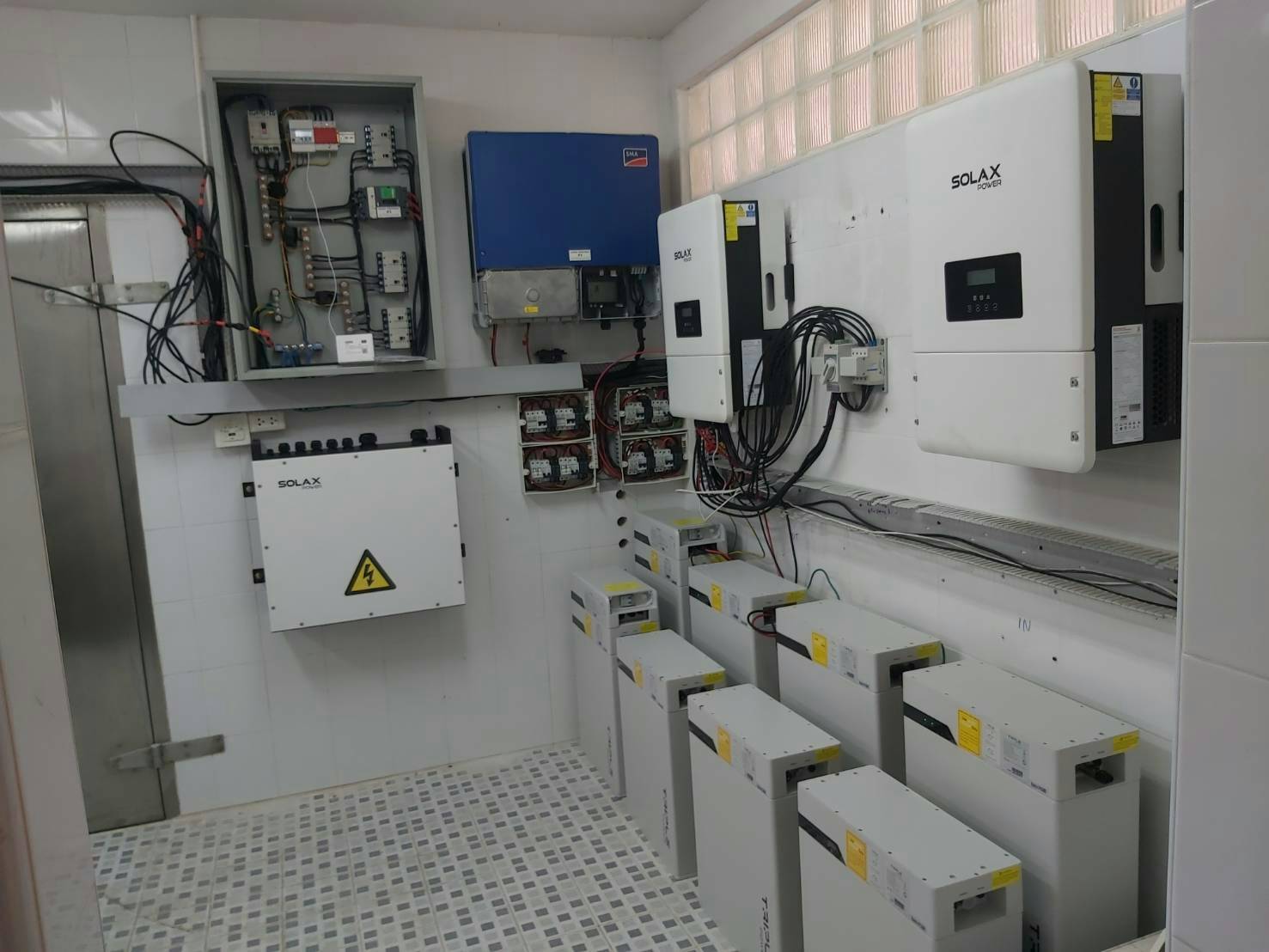
Nowadays, some of the consumers of electricity have become Prosumer, playing the role of both the consumer and the power producer. Which has its own installation of a small power generation source Rooftop solar power generation system Which will not always be able to produce the required time and the required quantity Electricity capacity depends on the weather at that time and the light intensity at that time. Usually the production of electricity from solar energy. There will be the highest solar intensity during the midday. It will then decline until the sun sets. Which may not meet the needs of users Thus, the installation of Solar Electric Systems is not as efficient as it should be. Installing a battery energy storage system will be able to carry large amounts of electricity produced during the day where there is no need for electricity. To keep it first Then electricity is used in the evening or at night instead.
Energy storage results in a reduction in peak electrical system demand. These systems help support solar energy sources. Which is a discrete power source to create a balance between production and energy use.
About Battery
An important part of the battery energy storage system is the storage of electricity, which is stored in the battery area connected to the home’s electrical system. The most suitable battery for use with solar power is deep discharge battery because it is designed to supply more or less energy for a long time without damage. Most of the batteries used in the solar system are released by the top cover so that they can be monitored and refilled in the necessary time. It is called Open cell or Unsealed or Flooded cell battery and there are some types of battery that are tightly closed and do not require maintenance, called maintenance free or Sealed battery.
The battery used for solar cells can be classified into 4 types.
- Flood Battery commonly used. Battery type cars need to add distilled water regularly. Has a short supply distance Not suitable for solar cells installation.
- Gel Battery is a closed battery system, no ventilation. Which does not require maintenance Performance comparable to Lead Battery and cheaper.
- Lead Battery or Lead acid Battery that is a closed system. It is popular now widely used. High tolerance They are cheaper than Lithium Battery.
- Lithium Battery is a battery that has the highest efficiency in storing electricity.
- Lithium-Ion Battery is a battery that has a high and constant current discharge time for a quick charge to full charge.
- Lithium Iron Phosphate (LiFePO4) developed from Lithium-Ion Battery, heat resistance caused by chemical reactions, which can provide higher energy. Non-toxic It has a higher lifespan than other batteries, making it expensive.

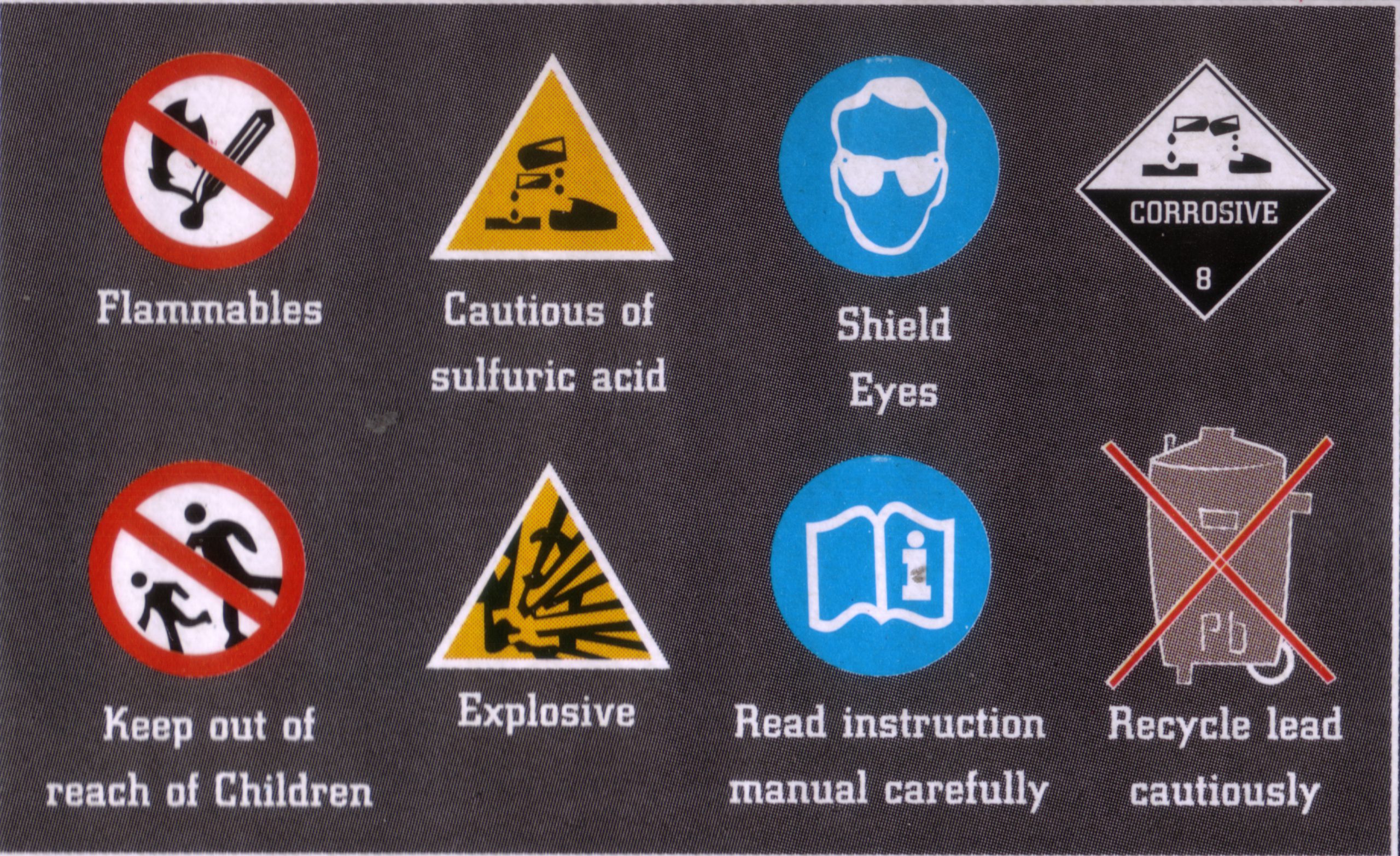
Characteristics of a Battery Energy Storage System
Round-Trip System – indicates the amount of energy we can use relative to the energy produced Which comes from the data storage system, it describes the energy lost during each charging and discharging cycle.
Response Time – Amount of time required for a storage system to go from standby mode to full output. Which is a hallmark of storage performance as a grid resource relative to alternatives. Compared with the pumped hydroelectric storage and air energy storage
Ramp Rate – Ramp rate represents the rate at which stored energy can change. Battery ramp rate can be 100% faster than one to few seconds change in speed compared to ramp rate for pumped hydroelectric storage and for compressed air energy storage.
Energy Retention or Standby Losses – Energy retention time is the amount of time that a storage system retains its charge.
Energy Density – The amount of energy that can be stored for a given amount of area, volume, or mass.
Power Density – Power density represents the amount of energy that can be delivered for a given area, volume, or mass. And will vary depending on the storage type.
Safety – There is a safety of the electricity storage system and the materials produced. But chemicals and reactions used in batteries can cause a fire. Requires installation expertise.
Service life – measured in cycles.
Temperature – Temperature affects battery performance. The higher the ambient temperature There may be an internal reaction causing the battery to lose capacity faster.
When comparing the differences between deep discharge batteries and car batteries, it is found that the car’s batteries will have less electricity than deep cycle batteries. After that, he stores the battery power, but in deep cycle batteries it is used as an electric collector of electricity generation systems and electric vehicles, which is much more efficient than conventional car batteries. If electricity is used more than 20-30% of the energy stored, the battery life will be used. Although it is cheaper than deep cycle batteries, considering the long term, the car’s batteries are also less cost-effective, which is a detail to keep in mind when installing a battery energy storage system.
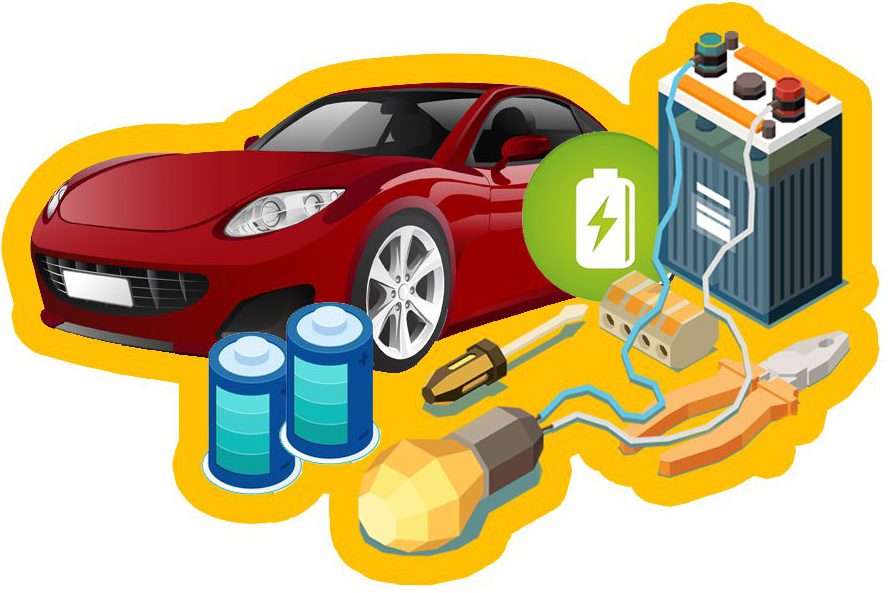
BATTERY STORAGE SYSTEMS
SUPPORTED SOLAR ELECTRIC SYSTEMS
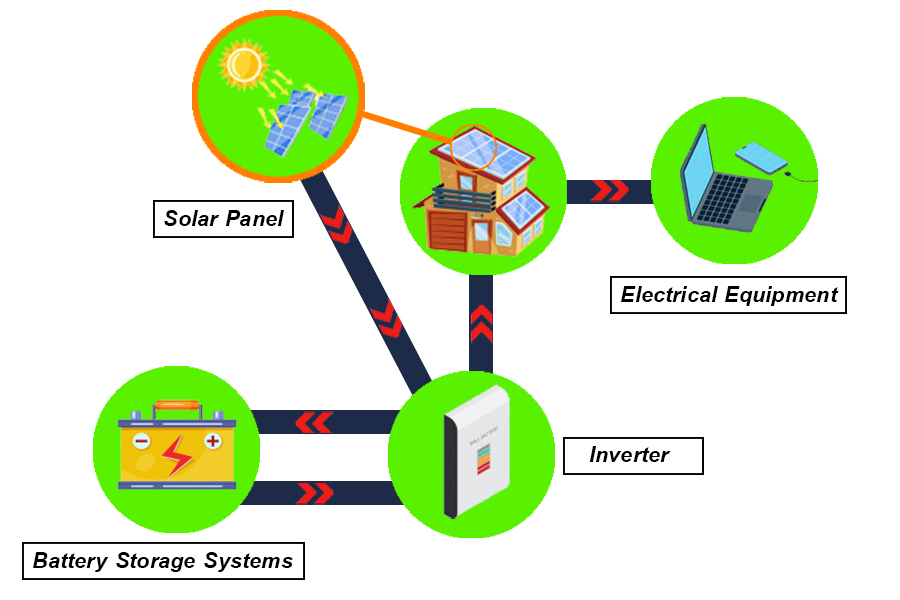
Battery Energy Storage System operate by storing the energy produced by your solar panels for later use. The higher your battery capacity, the more solar energy it can store. When installed, the battery system will be part of the solar panel system. Which will be able to store excess solar electricity at home Instead of returning to Grid. If the solar panels produce more electricity than needed. Excess energy is charged to the battery. When does the solar panel not generate electricity you will be able to use the energy stored in the battery.
When your battery is fully charged, it sends electricity back to the grid. And it will draw electricity from the grid only when the battery is exhausted.
To install the Battery Energy Storage System to support solar electric systems, inverter is an intermediary that transforms from dc electricity generated from solar energy into AC power to supply electricity to the home electrical system and control the electricity consumption of the home electrical system. A portion of the electricity exceeded by normal use is stored inside the battery and pulled out.
BATTERY STORAGE SYSTEMS AND MAIN ELECTRIC
Although the battery energy storage system is typically paired with a home solar system. But for homes that do not have a solar system installed. Energy storage is also a technology that can be used for grid-powered (PA) charging to provide backup power without the need for a backup generator from fuel energy.
Although the battery energy storage Small size and no geolocation restrictions in its installation, BESS is a storage solution that is an advantage over other storage technologies.
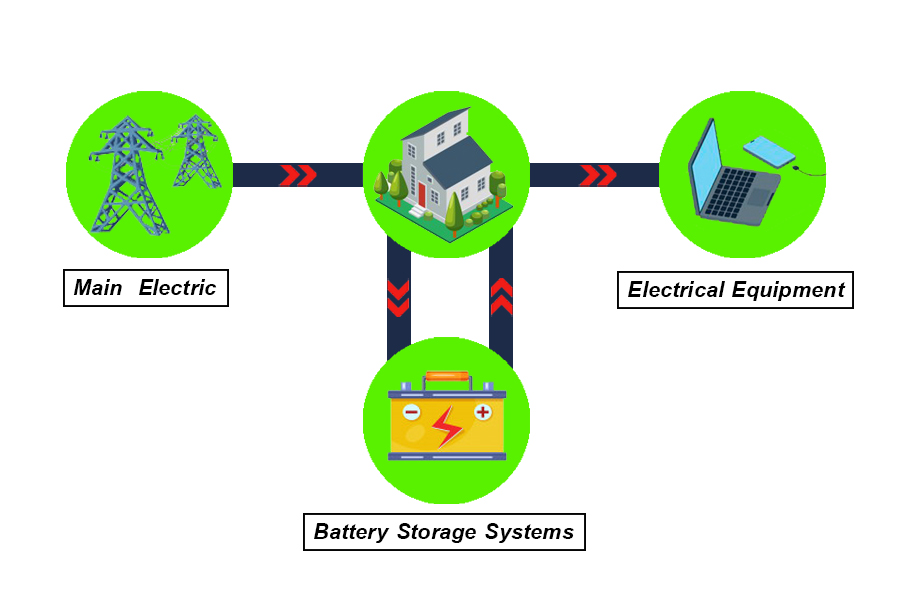
BATTERY SUITABLE FOR THE SYSTEM.
SOLAX TRIPLE POWER BATTERY
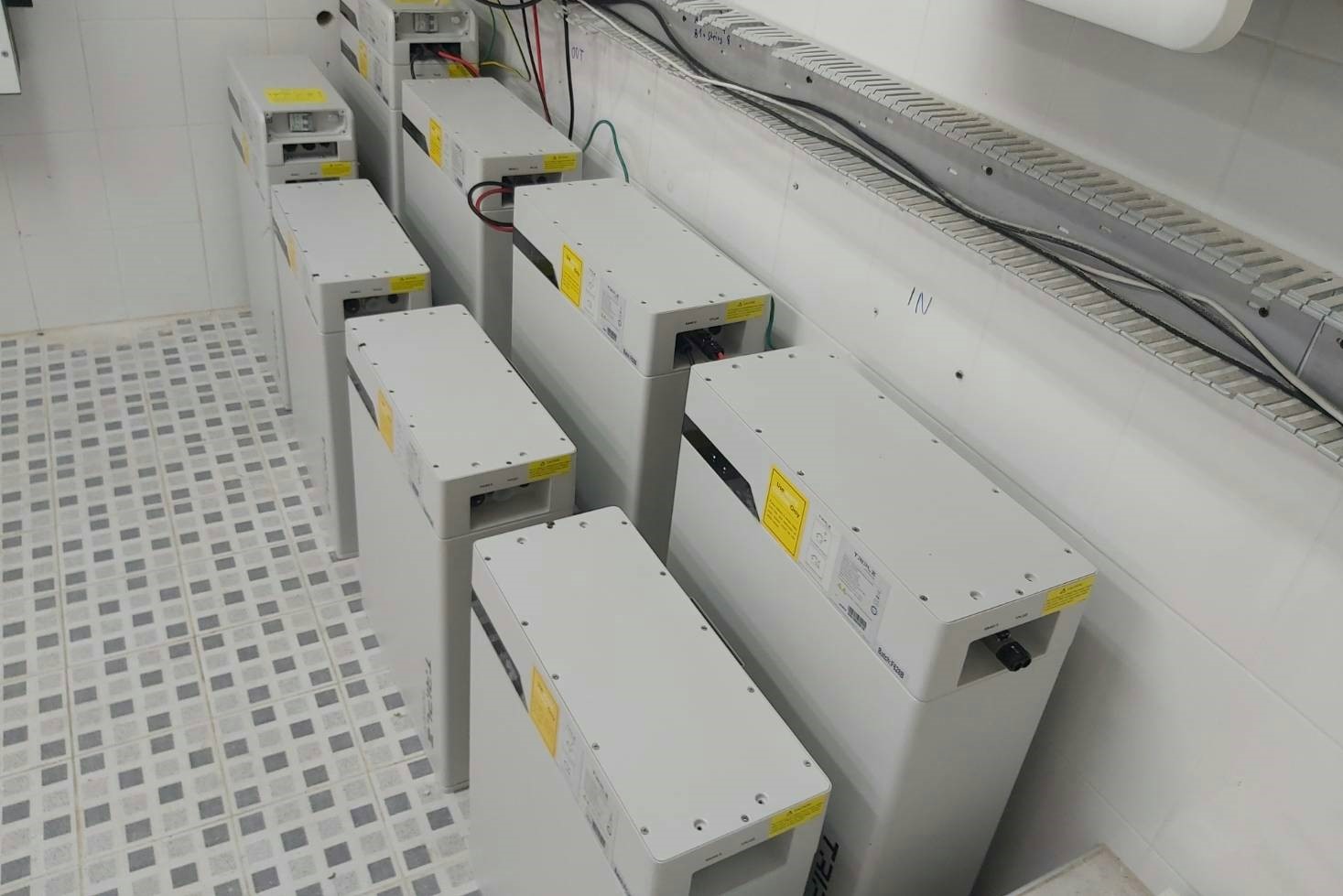
An important part of the battery energy storage system is the storage of electricity, which is stored in the battery area connected to the home’s electrical system. The most suitable battery for use with solar power is deep discharge battery because it is designed to supply more or less energy for a long time without damage. Most of the batteries used in the solar system are released by the top cover so that they can be monitored and refilled in the necessary time. It is called Open cell or Unsealed or Flooded cell battery and there are some types of battery that are tightly closed and do not require maintenance, called maintenance free or Sealed battery.
VOLTA TUBULAR [VINT] BATTERY
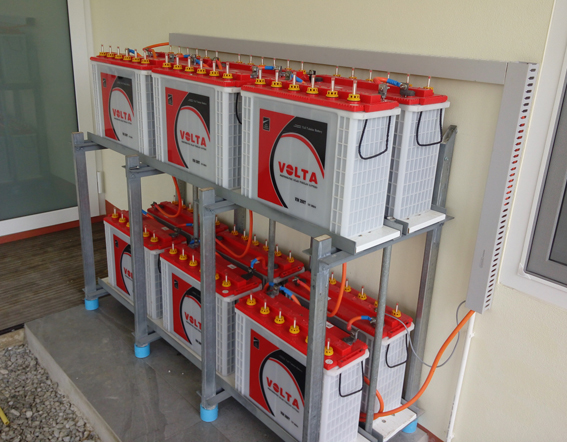
Batteries are commonly used to install with Solar Electric Systems that generate electricity from the sun. The structure of the Battery with Tubular element plates is specially designed, 5 times thicker than ordinary Deep Cycle, making it last 3-4 times longer than plates, able to support applications from small scale in the housing for air, water pump to Large solar farms have VOLTA TUBULAR, uniform and long-lasting power supply, reduce water loss. Low internal resistance Withstands high temperatures Service life 8-10 years.
Depth of Discharge (DoD) are refers to the amount of used battery capacity reported as a percentage of the full battery capacity. Which depends on the discharge rate of the battery the deeper the battery is discharged, the shorter the expected service life.
Factors that make Battery Storage Systems more popular today. This was caused by some of the power consumers becoming more prosumer when installing Solar Electric Systems with solar cells to generate electricity. From solar energy itself The need for storing electrical energy is therefore increasing as To maximize efficiency To extract the electrical energy produced during the low power demand. To be used during times when there is a high demand for electricity This may be during the absence of solar energy to generate electricity. Factors of the ability to maintain electricity continuity for the home electrical system. When the central power system is malfunctioned Making it still able to use electric power continuously Prevent damage to electrical appliances And the cost factor, energy storage costs have dropped 50% over the past two years. While the costs are still high compared to grid electricity.